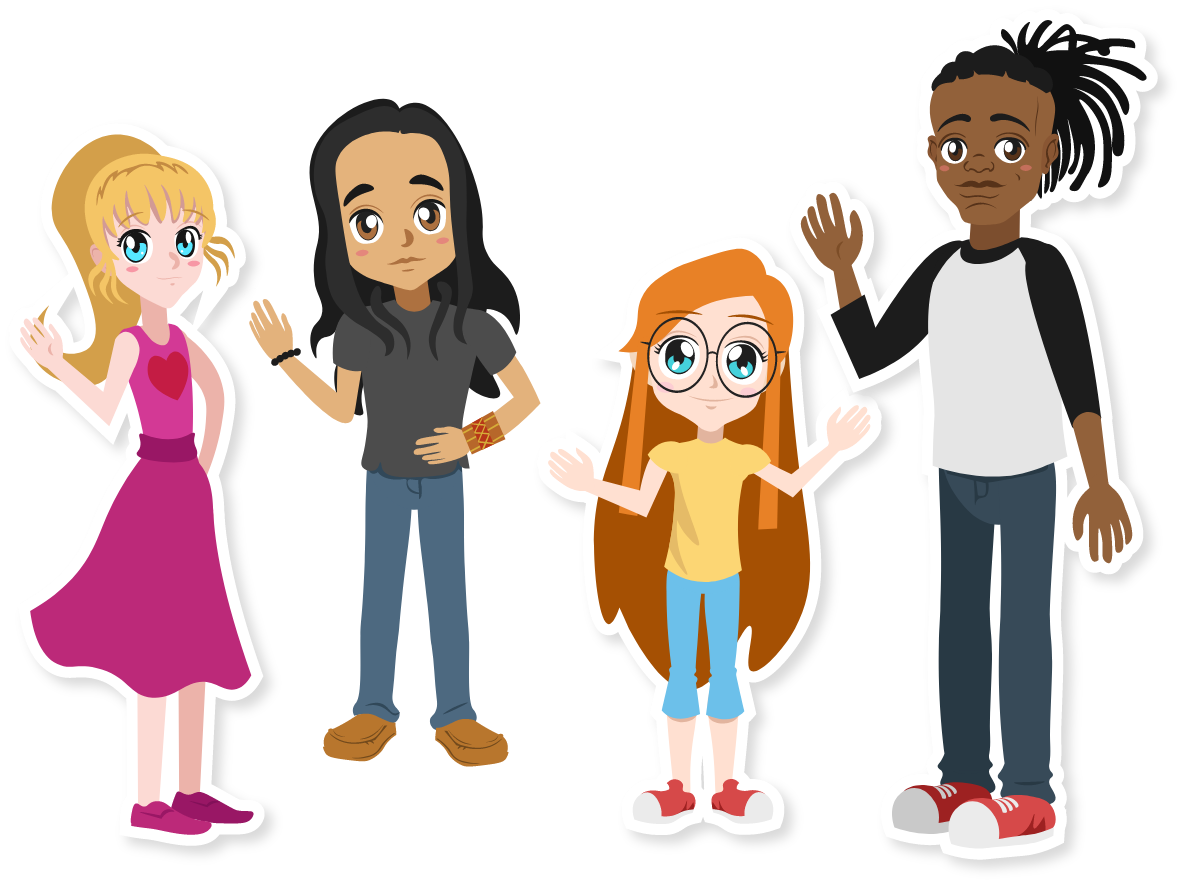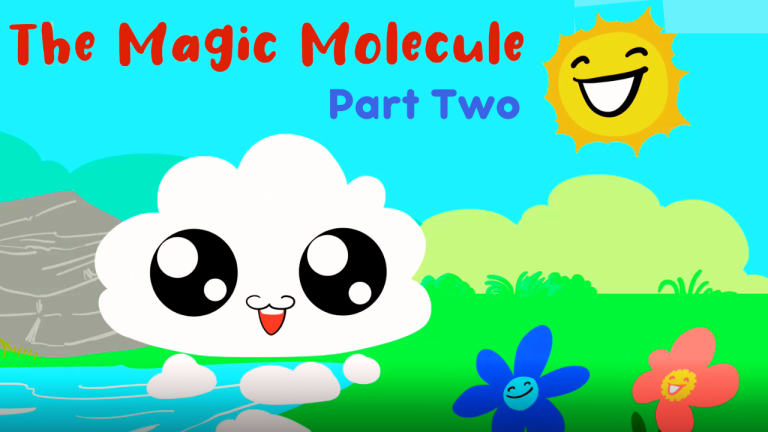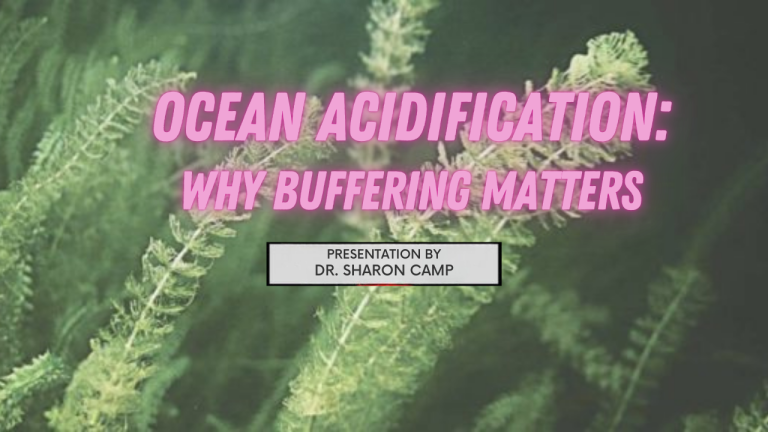Lesson Plan Library
Our CO2 Learning Center lesson plans all have the same format, which includes learning standards from the Next Generation Science Standards (NGSS), student learning objectives, background information on the science concepts covered in the book or video, suggested activities including labs to enrich the lesson and reinforce use of the scientific method, and formative and summative questions.
The NGSS are the standards on which most public-school systems have based their curriculum. We do not necessarily endorse the NGSS but have included the relevant standards for circumstances in which a teacher is required to use them. The lesson plans contain everything that a teacher might be required to submit in a formal lesson plan to a school administrator or science department head.

Filtering Options
-

The Magic Molecule: Part Two (Video) Lesson Plan
Ariana recently learned in school that there is a magical molecule! In Part Two, the classmates discuss how H2O (water) plays an important role in moving heat around the Earth and how it helps make our weather and climate livable.
-

Ocean Acidification Experiment: Why Buffering Matters
After researching the issue of ocean acidification, students will be able to do the following:
- Use the scientific method to determine if ocean acidification is a problem.
- Find existing research that addresses the issue of ocean acidification.
- Develop a testable hypothesis.
- Design an experiment to test the hypothesis.
- Collect data from the experiment.
- Draw conclusions from their data.
- Write a report or give a presentation on the results of the experiment, including suggestions for further study and an error analysis of their experimental methods.


